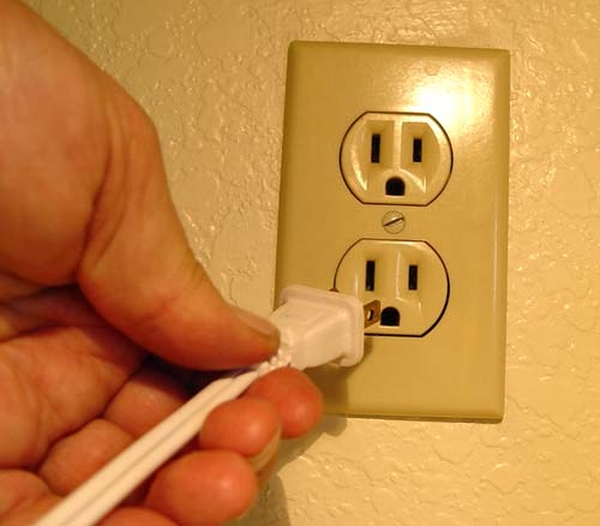
The earth is heating up fast and even though it may seem like the problem is something that only government agencies with vast resources can tackle, the truth is that individual effort can help reduce the carbon footprints of entire communities. And no, you don’t need to take drastic measures like giving up grid power and hot water showers to cut down on your carbon footprint. Here’s a list of some simple measures that can help you go green without drastically altering your daily routine.
Slash your meat consumption

It’s a widely accepted fact that rearing animals for meat takes up a lot more resources than producing an equivalent amount of grain, veggies or fruits. From the amount of resources used to rear animals to the fuel spent on packaging, preserving and transporting meat products to consumers and even the kind of fuel required thawing and cook meats contributes immensely to carbon footprints of individuals. To cut down on your carbon footprint, you can try going vegetarian for a few days per week.
Invest in a water purifier instead of buying bottled water

The process of bottling water, delivering them to consumers and then recycling the used bottles is one of the most easily preventable wastes in the world. Invest in a countertop water purifier and a steel or food-grade plastic water bottle that you can keep with you and refill as required.
Use fabric napkins instead of paper ones

Fabric napkins have traditionally been used in restaurants as well as homes at the dining table as well as kitchens. A single fabric napkin can be used to clean up a large area at one go and in terms of carbon foot print, washing and reusing a fabric napkin is lot more economical than using paper napkins.
Use fabric bags for shopping

A brown bag may be convenient for picking up your shopping from the grocery store; you certainly cannot reuse it which is why the fabric shopping bag makes such a great investment.
Purchase seasonal produce and products from local markets

Buying locally grown produce at the local market instead of foods grown overseas and flown in from other parts of the world can help you reduce the carbon footprint of your foodstuff and also make sure whether your food is organically grown or not. A great way to reduce your carbon footprint is to buy locally manufactured products even though they may cost slightly more than the cheap Chinese knockoff flown halfway around the world.
Plug out

Unplugging your devices from electrical outlets helps reduce the consumption of phantom energy when gadgets and electronics are not in use or are not charging.
Invest in insulation

By investing in proper insulation, you can lower heating and cooling costs.
Maximize your use of natural daylight

By simply opening up your windows and drapes during the day and working with natural daylight flooding a room, you can not only reduce you electricity bill but also lower your stress level by much.
Use sweaters to beat the cold

Every time you start feeling a slight chill in the air, avoid the temptation to turn the thermostat up another degree. Instead, put on a jumper or socks to beat the chill. You can also try keeping your home temperature “slightly warm” instead of “toasty” and wear sweaters to keep energy bills down and carbon footprints low.
Use fans instead of air conditioning

Unless you live in the tropics where living without air conditioning in unthinkable, a fan can be a very suitable alternative to full-blown air conditioning for the whole room, home or office. Use a table fan to direct air to just the place where you’re seated instead of chilling up the whole room.




